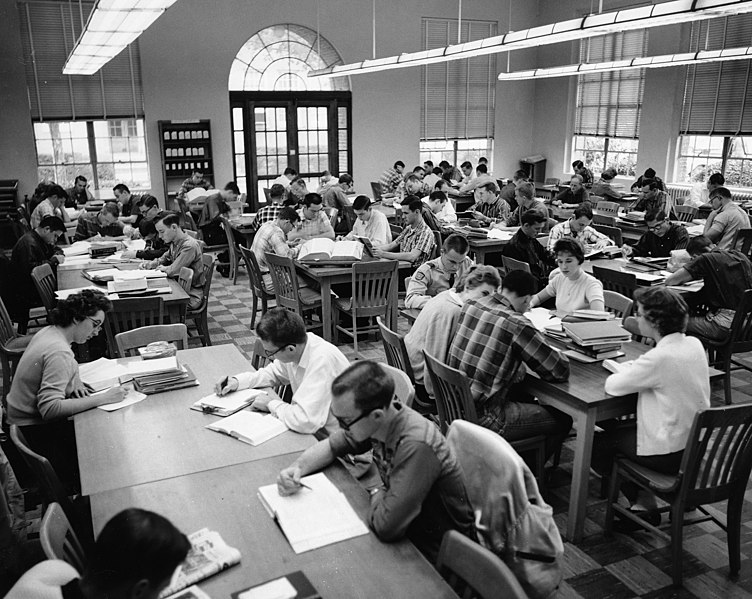AP US History
How Do I Self-Study AP US History?
4 min read•Last Updated on July 11, 2024
Sander Owens
Sander Owens

Introduction 👋
Hello, and welcome! If you've stumbled across this guide, you are probably trying to decide if you should self-study AP® US History or are considering studying it as a homeschooler. Don't worry if you're having trouble making a decision! This guide will not only help you make the right choice, but it will also provide you with resources and tips to help the studying process along the way 📓
Pros and Cons of Self-Studying APUSH ⚖️
Pros ✅
- interaction with teacher not necessary for completion of course
- no need for specialized materials or equipment
- wealth of resources in most mediums for whatever works best for you
- might have already learned some of course material
Cons ❌
- complex exam format requires a lot of practice
- quite a bit of knowledge to retain
- hard to find best resources
- hard to find motivation if you don't enjoy learning history
The Course And Exam Description (CED) 😱
For every AP course, the College Board publishes a comprehensive guide of the course called the Course and Exam Description (CED), which outlines the course content and the exam. The course content section of the CED for APUSH (fall 2020 edition) organized by the 9 periods of the course, which are each broken down into topics (7-15 per unit). These are outlined in the Course at a Glance, located on p. 24 (PDF p. 31) of the CED, which is a good place to look if you want an overview of the course.
** In APUSH, the Periods and the Units are synonymous—Period 1 and Unit 1 are equivalent. This is different from classes like AP World History, where there are multiple units per period.**
Other helpful information in the CED includes a detailed breakdown of the content in each topic, as well as information on the format of the exam (p. 241, PDF p. 248).
Unfortunately, for APUSH, you pretty much have to learn it all—even if you won't be tested on all of it. However, some periods have more content on the exam than others, so it is important to realize which periods should be studied more than others:
Period Weighting
| Period | Years | Weight on Exam |
| 1 | 1491-1607 | 4-6% |
| 2 | 1607-1754 | 6-8% |
| 3 | 1754-1800 | 10-17% |
| 4 | 1800-1848 | 10-17% |
| 5 | 1848-1877 | 10-17% |
| 6 | 1865-1898 | 10-17% |
| 7 | 1890-1945 | 10-17% |
| 8 | 1945-1980 | 10-17% |
| 9 | 1980-Present | 4-6% |
Study Schedule/Organization 📆
One of the best ways to stay on track while self-studying an AP course is to create a self-schedule. In terms of APUSH, the best way to create a schedule is to split your course material into chunks, then divide the time you have until you would like to be ready for the exam by the number of chunks you have.
Ways to Learn 🤔
Because you are self-studying, you get the advantage of learning however you want. Here are some possible ways that you could self-study APUSH:
** Don't be afraid to try a bunch of these out, especially if they are free, to see what works best for you. Because you don't have to worry about grades or your GPA, do what truly makes you learn best!**
- Textbook: If your school offers APUSH, you can find out what textbook that class is using and try it. You can look at our guide to APUSH Textbooks and Prep Books and choose one of those.
- Prep Books: Again referring to our guide, you can use a prep book to help prepare for the exam by using its test prep materials.
- Videos: There are many great history video series out there, with some, such as Crash Course, focusing more on just history, but others, such as Adam Norris or Heimler's History, are more specific to the AP course.
Practice Tests 📝
One of the most important parts of APUSH is taking practice tests. Unfortunately, the College Board only releases multiple-choice questions to teachers, but past FRQ prompts are available on the College Board website. If your school has an APUSH teacher, try reaching out to see if you can have access to the multiple-choice questions (you will have to destroy them after you use them for confidentiality purposes, though).
Most prep books and textbooks also contain practice multiple choice in addition to the official multiple choice practice in the CED linked above.
Once you find some practice materials, whether they are official College Board or from a book, complete them while simulating the conditions of an actual test—the more you prepare like the test, the more comfortable you will be for the actual exam.
Taking the Test ✍️
Broadly speaking, taking the test will fall into one of two categories: either your school offers the exam, or it doesn't. If your school offers the exam, speak with your counselor, and see how you can register for the exam without being in the class.
If you cannot take the APUSH exam at your school, research nearby schools and contact them to see if you can the exam there.
Motivation/Pep Talk 📣
APUSH isn't an easy class. It may seem like you just can't learn it all in time, and that's completely okay; it's okay to be worried. Just take a deep breath, step away for a moment, and you'll get through it.
You got this 🎉